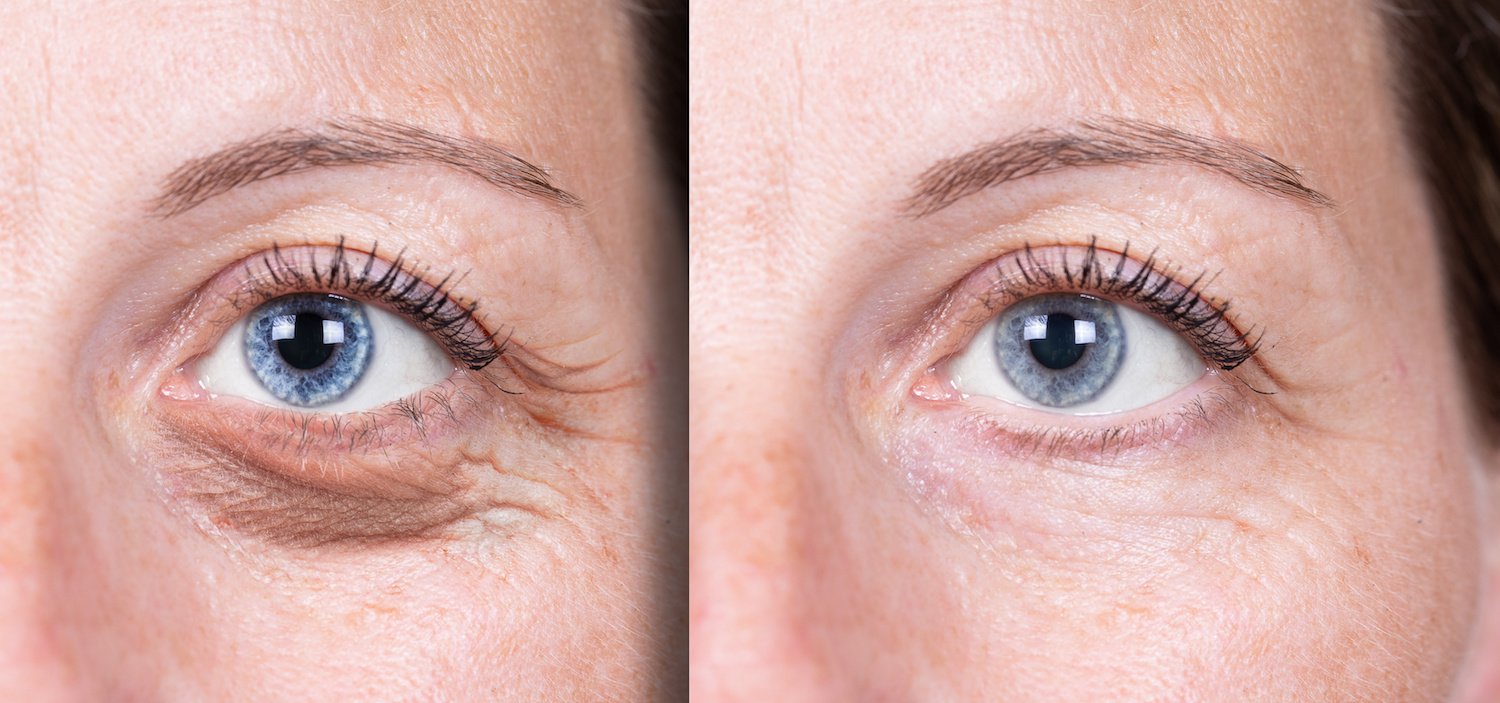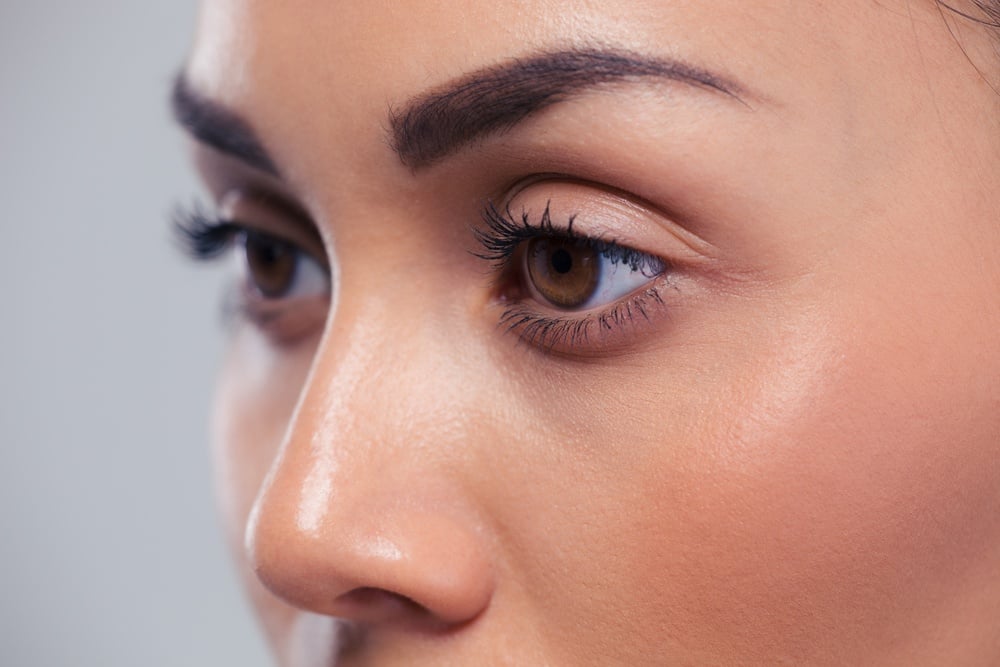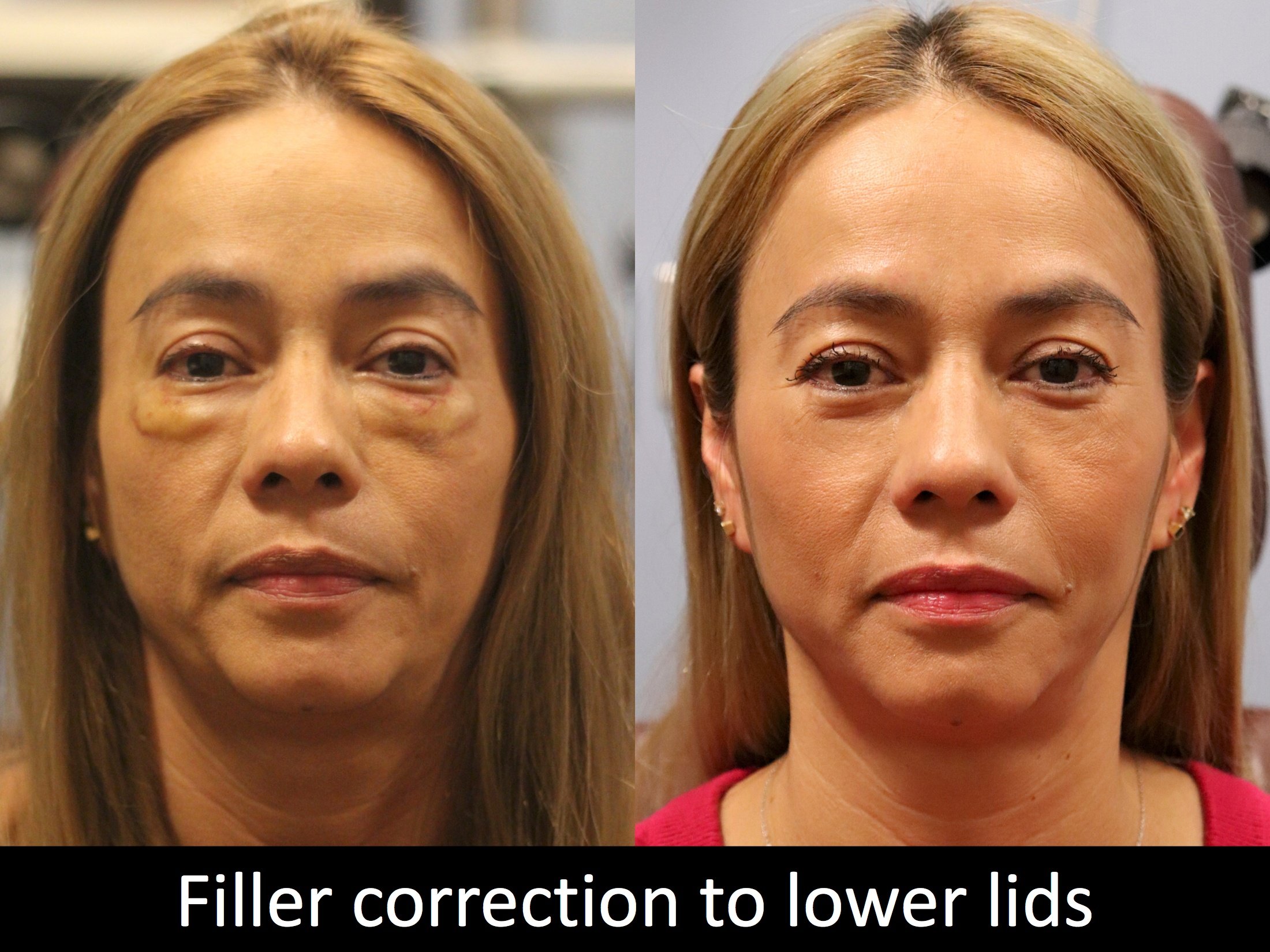If you’re considering a surgical change to your nose, it’s important to learn what rhinoplasty can and cannot do for you. It helps to understand what the surgery itself involves. There are two types of nose surgery, referred to as open or closed procedures. There is just one difference between the two, but it can make a significant difference in your results.
In any rhinoplasty, your surgeon will make multiple tiny incisions inside your nose. Exactly how many and where depends on the specifics of your procedure. That’s true whether the goal is cosmetic changes or correction of functional defects, or both. In a closed rhinoplasty, all incisions are made on the interior. This is the older, traditional technique. There is no risk of visible scarring, because there are no external incisions.
For an open rhinoplasty, your surgeon will also make a tiny incision on the outside of your nose – across the columella, which is the soft tissue that separates your nostrils. In the hands of a skilled, experienced surgeon, it’s not likely anyone will ever notice a scar.
Endonasal Rhinoplasty
Also known as a closed rhinoplasty, this approach is performed by making all incisions completely hidden within the nostrils. Though the incision encircles nearly half of the nostril, the primary benefit of the closed technique is that it is less invasive and creates no visible scarring at all. Most patients experience less swelling post-surgery and have a shorter recovery period as well. There are limitations to this approach that should be considered, though. Because the incisions remain separate, there is a lack of surgical exposure. This means that the surgeon has less visibility while working in narrow openings. There will also be inevitable distortion of the nasal cartilage since the closed technique requires the stretching of the skin. Lastly, repositioning of the nasal skin is difficult with disconnected incisions.
A closed procedure can be completed faster than open surgery, because there is no time spent making the extra incision or lifting and then replacing the skin. Some surgeons still use the closed technique, but here at Raval Facial Aesthetics we prefer the more advanced open approach.
External Rhinoplasty
This technique, also referred to as open rhinoplasty, is performed by making a small bridging incision called a trans-columellar incision. Using this approach, your doctor will have vastly improved access to the underlying bone and cartilage structure, ensuring less cartilage distortion. With full view of the lower nasal skeleton, improved accuracy for reshaping the framework of the nose can be achieved. Revision rhinoplasty typically employs the open approach because the original structure has already been disturbed. The scar that is left after this surgery is barely visible and will most likely fade over time. Since this approach is more invasive than the closed rhinoplasty, patients will experience more swelling and a bit longer of a recovery period.
Takeaways
So, the big difference between open and closed rhinoplasty is the ability to actually see what needs to be done and precisely control every tiny movement. With a closed procedure, the surgeon cannot directly see the operative area. Recovery times vary with each procedure so be sure to discuss a timeline with your surgeon. Every nose surgery is different, depending on each patient’s aesthetic concerns and desires, skin, medical history, and other factors. Some procedures may be comparatively minor, if only a small change is desired. Other procedures can be very complex and technically difficult. It takes both a highly trained, experienced surgeon and realistic expectations to achieve a successful outcome.
Which Approach is Right for You?
The difference in actual surgical technique for the open and closed rhinoplasty seems pretty small. It’s what that difference provides your surgeon that really deserves consideration. The closed technique allows for a faster operation and less swelling, but the open rhinoplasty ensures greater accuracy for more complex restructuring. The closed technique will leave no scarring at all, whereas the open rhinoplasty scar may be noticeable for some time. It will ultimately come down to your specific situation, the complexity of the corrections to be made, and your surgeon’s recommendation. Schedule your personal consultation with Dr. Raval today and get the conversation started!
- Acne
- Botox/Dermal Fillers
- Browlift
- Chemical Peels
- Chin Augmentation
- Consultation
- Denver Facial Plastic Surgeon
- Deviated Septum
- Eyelid Procedures
- Facelifts/Necklifts
- Headaches/Excessive Sweating
- Healthy Living
- Laser Hair Removal
- Laser Treatments
- Latisse
- MedSpa
- Memberships
- Microdermabrasion
- Nasal Valve Collapse
- Non-Surgical Procedures
- Rhinoplasty
- Skin Care
- Thread Lifts
- Wrinkle Treatments














